When you try to access a website, you may encounter an ERR_NAME_NOT_RESOLVED error message. This means that, for some reason, the web page cannot be reached. If the site is yours, this error can harm your reputation and drive away potential customers.
Fortunately, you can do a few things to resolve this issue. Sometimes, the problem may be caused by a misconfiguration on your computer, which can easily be fixed. Other times, you might need to make a small change to your domain settings.
In this post, we’ll look closely at the ERR_NAME_NOT_RESOLVED error and what causes it. We’ll also show you how to fix it on a computer and an Android device. Finally, we’ll look at a few other similar problems (and what they mean). Let’s get started!
Check Out Our Video Guide to Fixing the “ERR_NAME_NOT_RESOLVED” Error:
What Does “ERR_NAME_NOT_RESOLVED” Mean?
Before we look at the ERR_NAME_NOT_RESOLVED error, we’ll need to ensure that you understand how the Domain Name System (DNS) works. This is like an address book that contains information about each registered domain name on the web.
A domain name is basically the address or URL of a website (e.g., kinsta.com). When you enter a domain into a search engine, your browser will run a DNS request to get the IP address of the website.
If the DNS is unable to find the IP address and complete the request, the browser will return an ERR_NAME_NOT_RESOLVED error. This is typically accompanied by one of the following messages:
- “This webpage is not available”
- “This site can’t be reached”
When this happens, you can’t access the content on that website. However, you might not be the only person to experience this error.
What Are the Causes of “ERR_NAME_NOT_RESOLVED”?
The ERR_NAME_NOT_RESOLVED error typically indicates a problem with your internet or computer. For example:
- The website may have moved to another IP address, and your browser is getting the outdated address from the cached data.
- You have a poor internet connection.
- Your firewall might be blocking access to the website.
However, there might also be a problem with the website’s DNS records. If that’s the case, other visitors will experience the same error, and there’s nothing you can do to fix it (unless the site is yours).
Alternatively, the error might be caused by a poor hosting service. If you often encounter the “This site can’t be reached” message when trying to access your site, it might be time to switch to a better web host.
At Kinsta, we offer reliable web hosting for individuals and businesses. Plus, our plans come with an APM tool that enables you to identify and resolve performance issues on your site.
If you run into problems, our team is always available to help. Every Kinsta plan comes with 24/7 expert support so you can resolve any issues promptly.
6 Proven Methods to Fix the “ERR_NAME_NOT_RESOLVED” Error
Now that we know what causes the “ERR_NAME_NOT_RESOLVED” error, let’s look at a few effective ways to fix the problem and regain access to your site.
1. Test Your Internet Connection
The first step is to establish whether a problem with your internet connection is causing the error. To do this, try to access the site from a different WiFi network.
If it works, then you may simply need to restart your router. Don’t worry if this doesn’t solve the problem — there are several other things you can try!
2. Clear the DNS Cache on Your Computer
The “ERR_NAME_NOT_RESOLVED” error might also be caused by outdated cache items on your device. To fix this issue, you’ll need to flush the DNS cache on your computer.
If you use Windows, open the Command Prompt app. You can use the keyboard shortcut Windows + r to launch the Run window, then enter cmd to open the command prompt:

Type in the following command and hit Enter:
ipconfig /flushdns
Windows will now clear and reset your DNS cache files. When it’s ready, you should see a message that says, “Successfully flushed the DNS resolver cache”.
If you have a macOS device, you’ll need to enter the following command in the terminal:
dscacheutil -flushcache
If you use Linux, flush the DNS cache with nscd by entering the following command line in the init.d subdirectory:
sudo /etc/init.d/nscd restart
To flush the DNS cache with systemd, enter this command line:
systemd-resolve --flush-caches
Then, enter the following command to make sure it’s worked:
systemd-resolve --statistics
Now, try accessing the website again. If you’re still unsuccessful, you can move on to the next step.
3. Check the Browser Settings
If you’re still unable to access the website, the problem may be rooted in your browser. For example, Google Chrome has its own DNS cache, so you’ll need to clear it as well.
To do this, open Google Chrome and enter the following line into the address bar:
chrome://net-internals/#dns
This will produce the following screen:
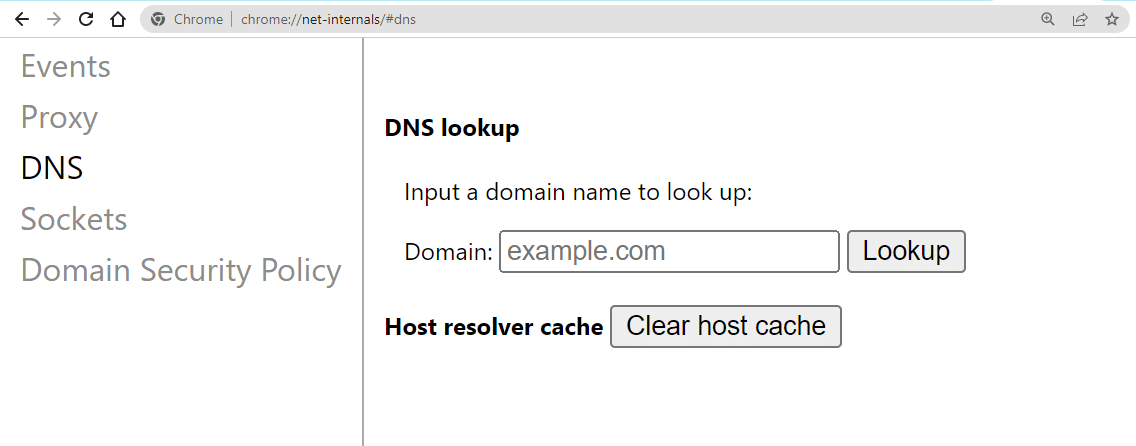
Now, simply click on the Clear host cache button.
We also recommend checking the page preloading setting in Google Chrome. When enabled, this feature will preload the contents of websites you’ve visited in the past, including the DNS data, so they render more quickly. This means it might be storing outdated information, so you’ll need to disable it.
In your Google Chrome window, click on the three dots at the top-right corner and select Settings. Then, navigate to Privacy and security:
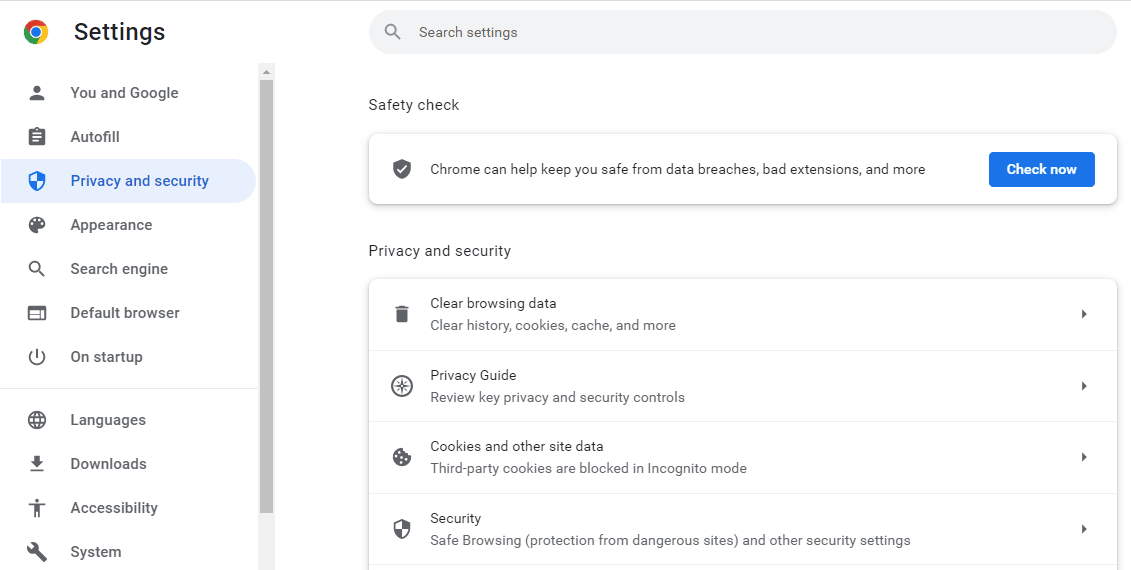
Next, select Cookies and other side data. Locate the Preload pages for faster browsing and searching setting, and switch it off:
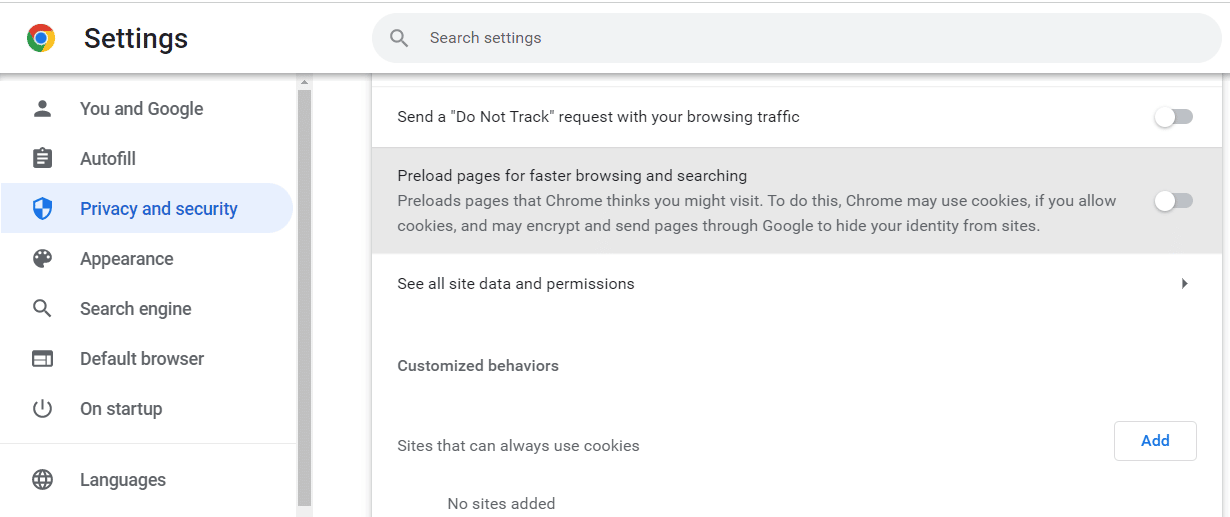
While you’re here, you might also want to clear your browser cache. To do this, return to the Privacy and security page and select Clear browsing data.
In the popup window, set the time range to All time, ensure all the boxes are checked and hit Clear data:
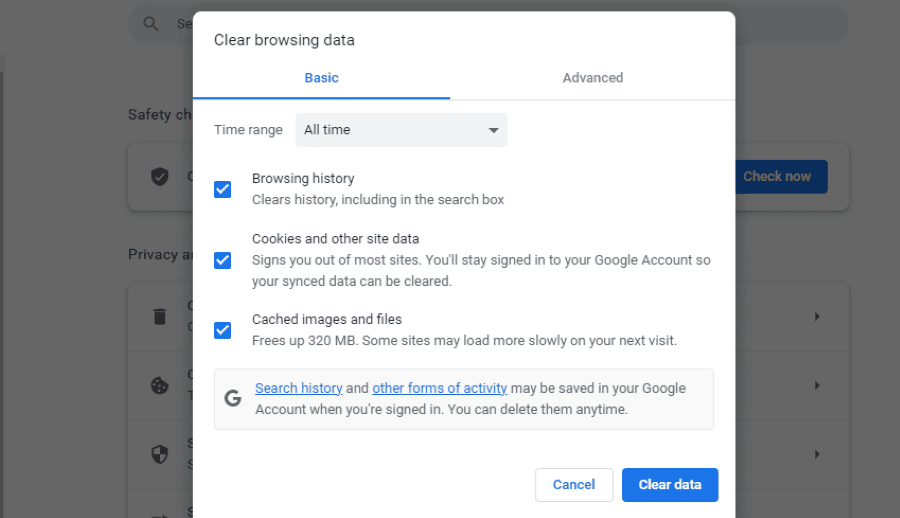
If you use a different browser, we have you covered. We’ve put together a guide that shows you how to clear the cache in all major browsers!
4. Reset Your Firewall Settings
If you’re still getting an ERR_NAME_NOT_RESOLVED error after clearing your DNS and cache, it’s time to try resetting your firewall settings. If you use a security program, it might be identifying a false threat on the site and blocking access to it.
In Windows, open the Settings app and select Privacy & Security. Then, click on Windows Security:
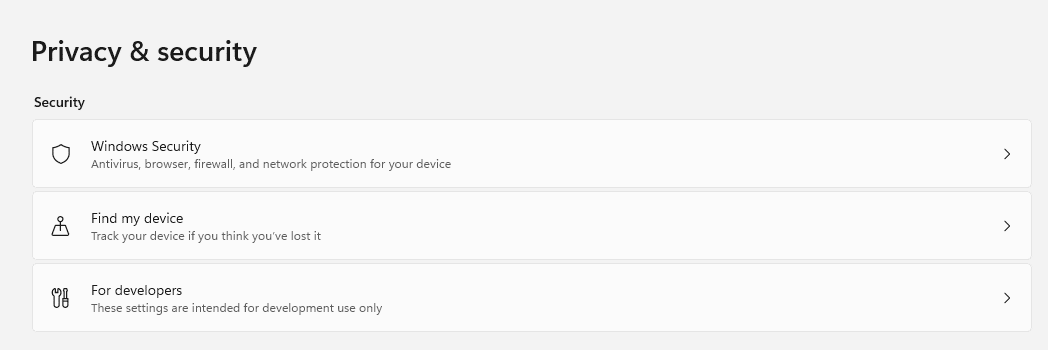
On the next page, select Firewall & network protection:

Then, click on the Restore firewalls to default option at the bottom of the page:
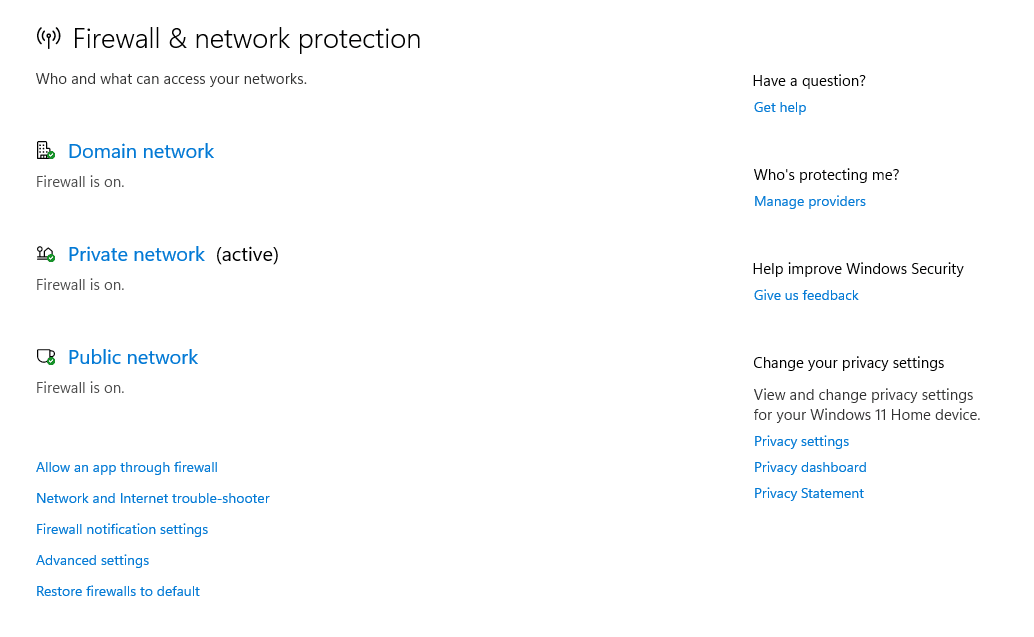
Finally, click on the Restore defaults button:

Now, try accessing the site. If you’re still unsuccessful, proceed to the next step in this troubleshooting guide.
5. Configure the DNS Server on Your Computer
The DNS server may not be working correctly, resulting in the ERR_NAME_NOT_RESOLVED error. To troubleshoot this issue, you’ll need to use a DNS server address from Google’s public servers.
In Windows, open the Control Panel and navigate to Network and Sharing Centre:
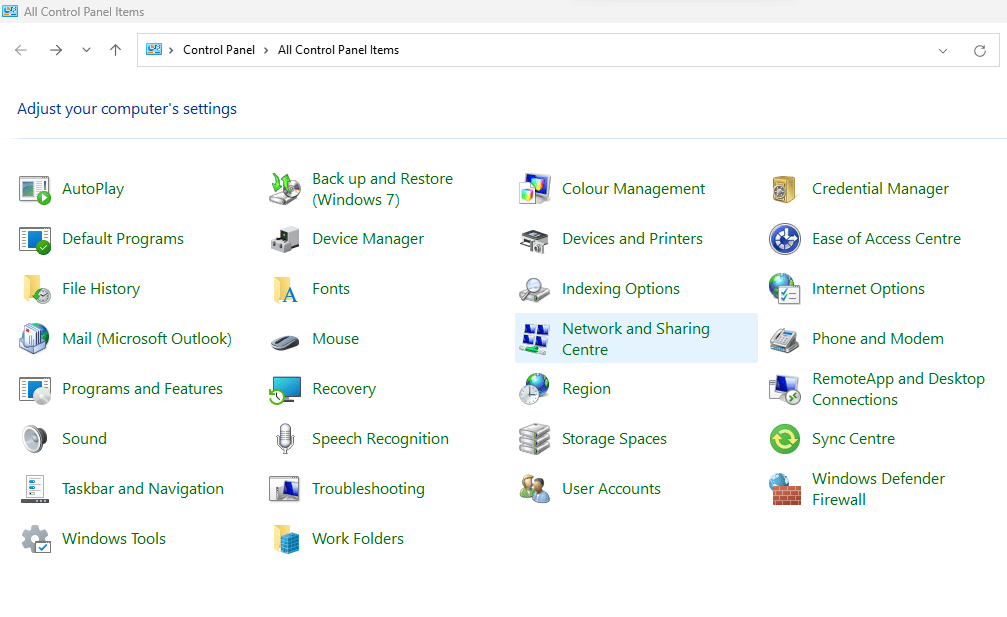
On the next page, select Change adapter settings:
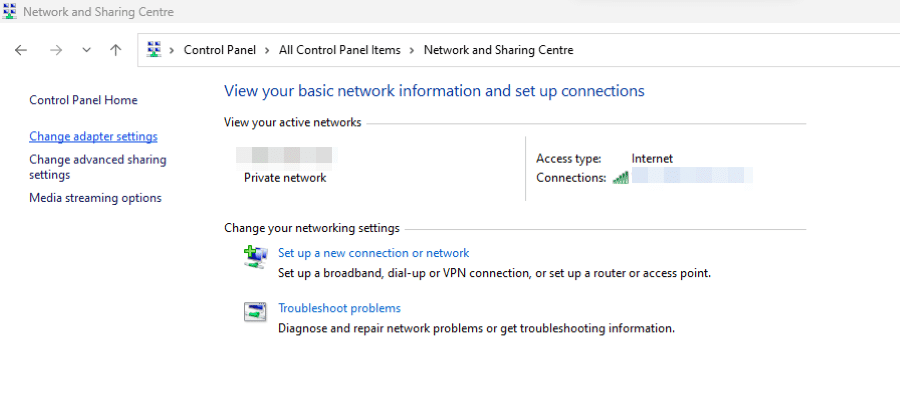
Then, find your current network, right-click on it, and select Properties:
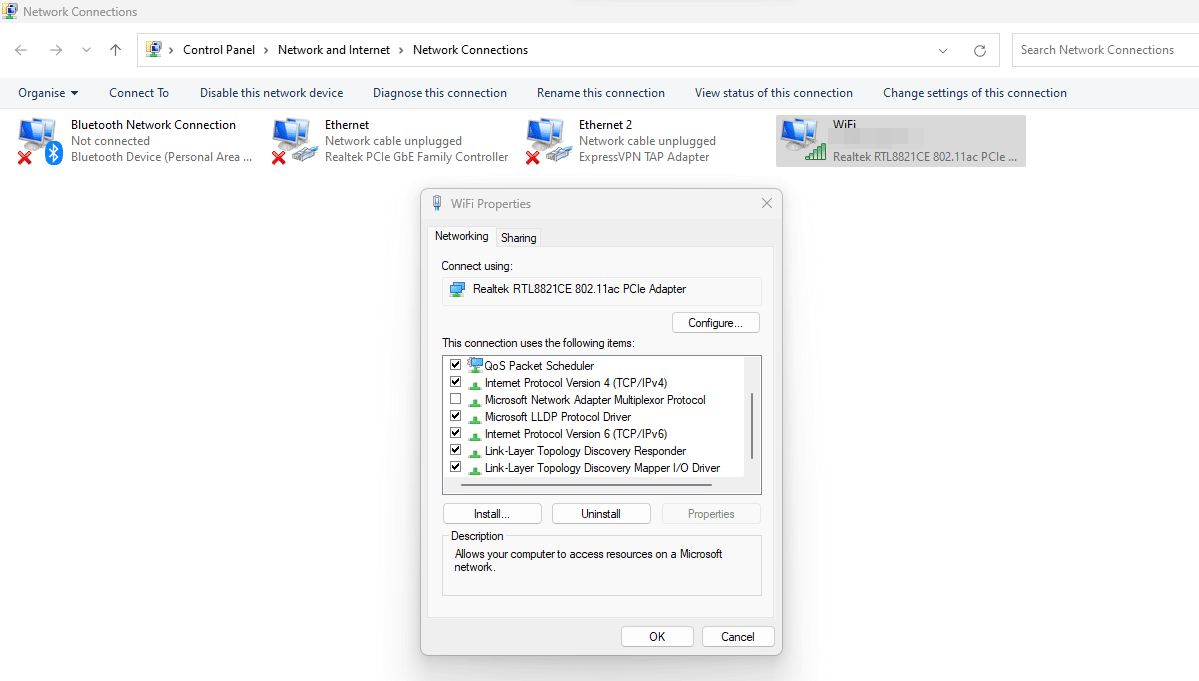
In the Properties window, double-click on Internet Protocol Version 4 (TCP/IPv4) or Internet Protocol Version 6 (TCP/IPv6). In the next popup window, select Use the following DNS server addresses and enter the information for Google’s servers:
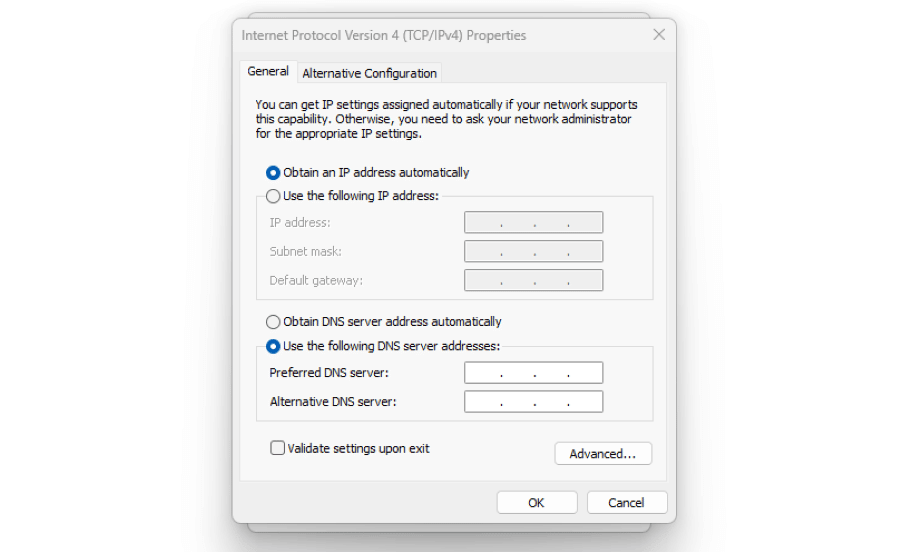
There are the IP addresses of the Google DNS servers:
- For IPv4: 8.8.8.8 and/or 8.8.4.4.
- For IPv6: 2001:4860:4860::8888 and/or 2001:4860:4860::8844.
If you’re using macOS, open System Preferences and select Network. Then, click on Advanced and open the DNS tab.
Click on the + button to add a new DNS server, and enter the addresses of Google’s public DNS servers. When you’re ready, select OK and Apply.
6. Disable DNSSEC for Your Domain
If none of the methods we’ve covered above have resolved the issue, there might be a problem with the site’s DNS records. If the website you’re trying to access is not yours, there isn’t anything you could do.
However, if the website is yours, you can try disabling the DNSSEC for your domain. This is a security extension that protects your DNS records from unauthorized access.
However, if you’ve recently switched to a new web host, the DNSSEC might be preventing the domain from propagating properly.
To check if DNSSEC is enabled for your domain, you can run a WHOIS search:

Simply enter your domain, then look for the DNSSEC field:

If it says “signed”, then you’ll need to disable it. You should be able to do this from your domain registrar account or your hosting dashboard (if you purchased your domain through your host).
If you’re a Kinsta client, you can access your DNS records from your MyKinsta dashboard. Select the DNS tab, followed by your domain name:
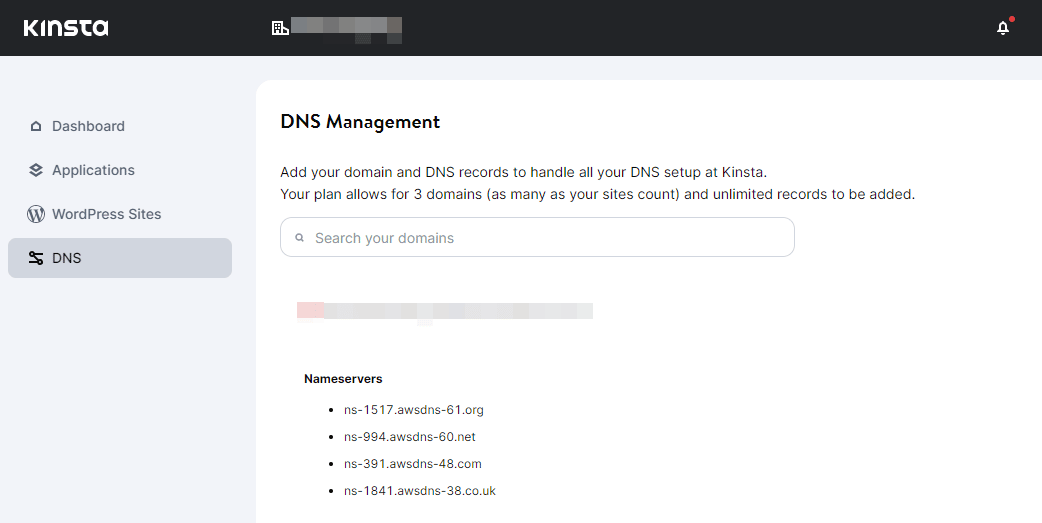
In the DNS records section, check to see if there’s a DNSSEC record. Then, go ahead and delete it:

If you’re unable to access or edit your DNS records, we recommend contacting your hosting provider for assistance.
How To Fix “ERR_NAME_NOT_RESOLVED” on Android
You may also wonder how to resolve the “ERR_NAME_NOT_RESOLVED” error on an Android device.
First, try turning off the preloading pages setting in Chrome, as shown above. Simply click on the three dots in the top-right corner of the screen, select Settings, and follow the instructions outlined in method 3.
If you have an antivirus app on your Android device, you might want to disable it and try accessing the site again. Alternatively, reboot your phone in safe mode. If the error doesn’t appear in this mode, it might have been caused by a recently installed app on your device.
Finally, you could try restoring the Chrome App to the factory version. To do this, navigate to Settings > Apps on your phone. Then, look for the Chrome app, open it, and click on the Disable button.
This will ask you to confirm your selection. Click on Disable app and wait for the process to complete. Then, try reaccessing the site.
What are some other common DNS errors?
ERR_NAME_NOT_RESOLVED is just one of several DNS errors you can encounter. Other common issues include:
These DNS problems typically have similar troubleshooting methods. In most cases, you’ll want to start by clearing your browser cache and flushing the DNS cache on your computer.
If the problem is on the server side, consider contacting your hosting provider for help. Provide as much information as you can, and your host should be able to assist you.
Summary:
The ERR_NAME_NOT_RESOLVED error occurs when the DNS cannot find a site’s IP address. It is typically caused by outdated data in the cache, a sensitive firewall, or a configuration problem with the DNS server on your computer.
You can try to resolve the issue by testing your internet connection, clearing the DNS cache on your computer, and checking the browser settings. It’s also worth clearing the browser cache and resetting your firewall settings. If the problem is on the server side, consider contacting your host for assistance.
At Kinsta, we offer 24/7 expert support to help you fix WordPress errors and other configuration issues. Get in touch with us today!


